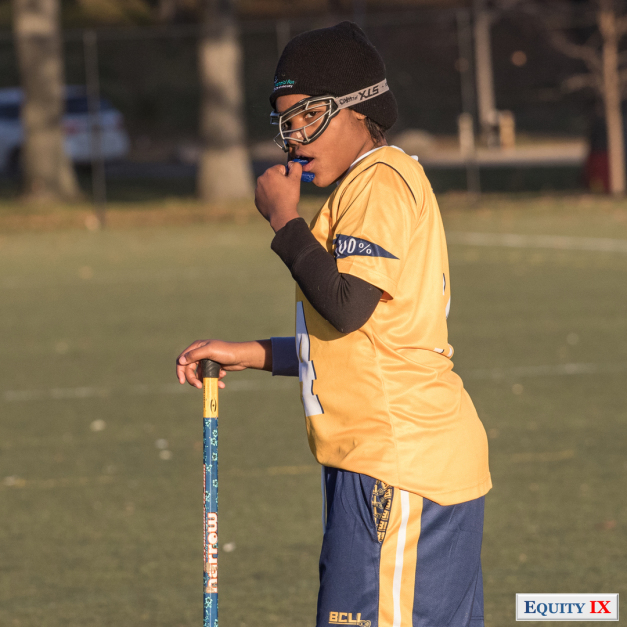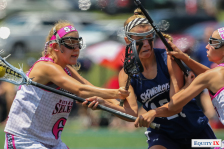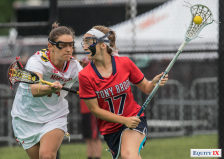EARLY RECRUIT
WEALTH DISPARITY
Historically, lacrosse is a sport played by more affluent student- athletes. The money behind lacrosse has enabled early recruiting and created one of the most disturbing aspects of this process, wealth disparity. Wealth disparity is an issue both on the front and back end of recruiting and disadvantages student-athletes who cannot afford to participate in the process or afford the high cost of education. For universities who value diversity, wealth disparity should be a major consideration when evaluating the NCAA legislation. Regardless if the pending legislation is passed, universities should review their own internal recruiting policies to ensure that student-athletes who lack financial resources are not categorically excluded from participating on a level playing field.
FRONT END: The Cost of Being Recruited
Ironically, while money is the driving force behind college football and basketball programs, recruiting is delayed in these sports compared to lacrosse where money enables and intensifies the process. On the front end, a student-athlete must be able to afford to participate in the early recruiting process. Playing on a club team, coupled with travel expenses and fees for tournaments, camps and clinics cost approximately $10,000 per year.
High school lacrosse is secondary to club teams with many girls committing before they even play a varsity game in high school. Unofficial visits are a critical part of the process to bypass current NCAA rules that prohibit off-campus contact prior to July 1 of the junior year. While official visits in football and basketball play an important role and provide student-athletes from low-income backgrounds an opportunity to be recruited, in lacrosse the student-athlete’s family must incur all of these expenses years before the official recruiting period begins.
BACK END: The Cost of Education
With the cost of a student-athlete scholarship approaching $70,000 a year, it is not surprising that parents are chasing after the few scholarships available in women’s lacrosse. Unlike football and basketball, which provide full headcount scholarships to the majority of the team, lacrosse has equivalency scholarships that are divided among a team at the discretion of a coach. With only 12 scholarships to allocate to an average roster size of 30 athletes, early recruiting pressures a coach to value an 8th-grader based on incomplete academic and athletic information.
The high cost of education coupled with limited scholarships in lacrosse creates a wealth disparity barrier that influences who a coach recruits. For student-athletes who come from lower-income backgrounds, this can adversely impact their prospects of being recruited and leave qualified student-athletes on the sidelines.



























